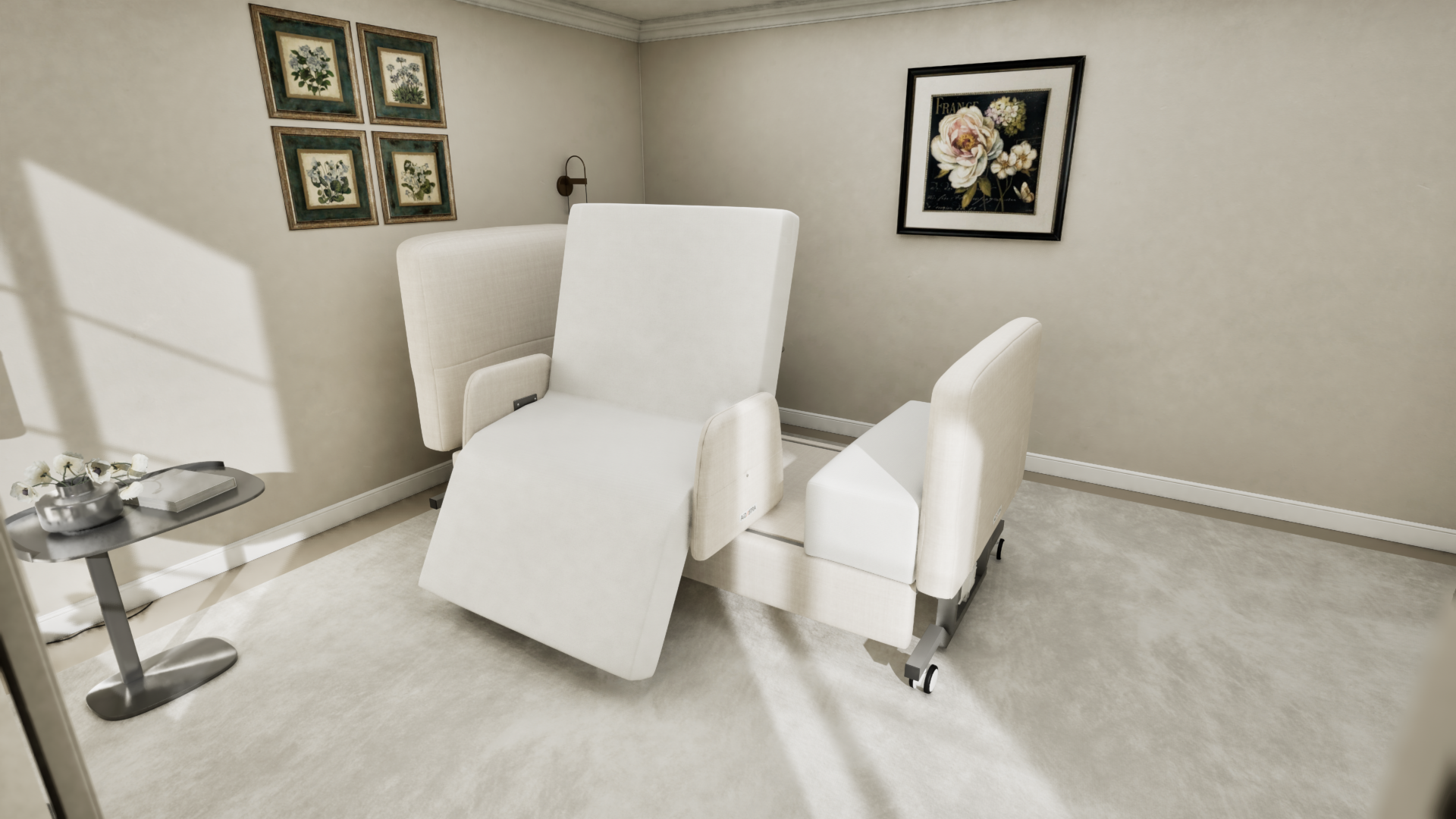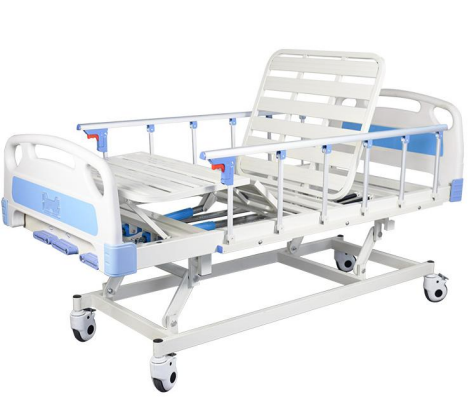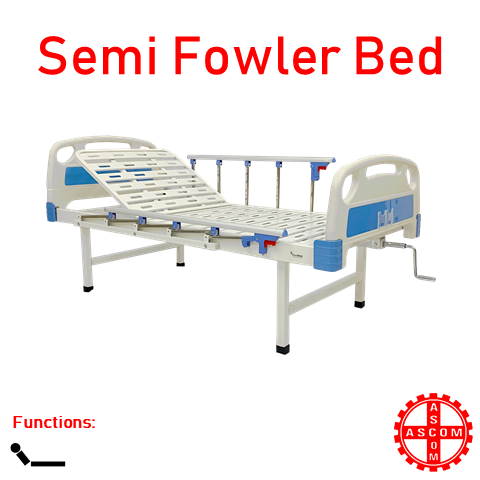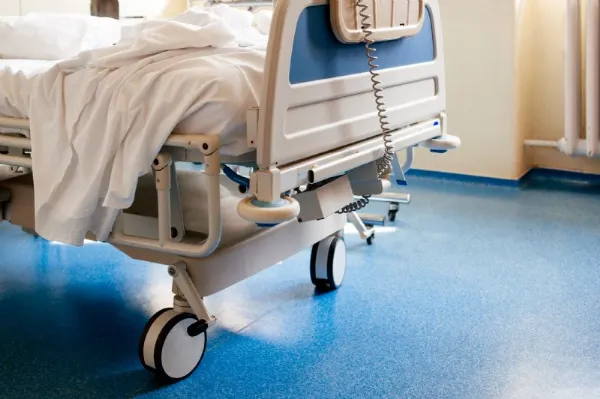Hospital Beds For Home Use for Dummies
6 Easy Facts About Hospital Beds For Home Use Explained
Table of ContentsWhat Does Hospital Beds For Home Use Mean?Facts About Hospital Beds For Home Use UncoveredHospital Beds For Home Use Fundamentals ExplainedSome Known Facts About Hospital Beds For Home Use.The 15-Second Trick For Hospital Beds For Home UseAll about Hospital Beds For Home UseWhat Does Hospital Beds For Home Use Do?
There are 3 major types of healthcare facility beds: guidebook, semi-electric, and fully-electric. These beds utilize hand cranks to change the bed's height and elevate and reduce the head and the foot.
Semi-electric beds have an electrical motor to elevate and decrease the head and foot sections of the bed. People and caretakers readjust the positioning by pushing buttons using a hand necklace. The height of the bed is readjusted manually with a hand crank. Full-electric beds have an electrical motor that can raise the head and foot sections of the bed along with the entire elevation and positioning of the bed.
Unknown Facts About Hospital Beds For Home Use
Some versions can likewise relocate into even more placements, such as the Trendelenburg (tilt) setting. There are several sorts of health center beds, each developed to satisfy certain individual needs. Below are some typical kinds: This is one of the most common sort of health center bed, created for general medical use. It has a guidebook or electrically adjustable headrest, foot rest, and height.
Lower to the ground than a standard bed. This type of bed is created for larger clients, with a larger framework and greater weight capability than a typical bed.
This kind of bed is made for critically sick people who require open surveillance and specialized clinical devices such as ventilators and mixture pumps. This sort of bed is created for usage during labor and shipment, with flexible positions and features to sustain the mom and baby throughout the birth process.
How Hospital Beds For Home Use can Save You Time, Stress, and Money.
Numerous function and the devices perform broadening grip to various components of the vertebra and the extremities without moving the human body. These are simply a few examples of the types of medical facility beds readily available. The certain sort of bed utilized will certainly rely on the client's condition, clinical demands, and other elements.
Here is things you require to recognize. A one-function healthcare facility bed is a medical bed that allows a patient to move only the head or foot section up or down. A 2 feature medical facility bed typically describes a type of clinical bed that has 2 adjustable functions to assist clients in health centers or treatment centers.

The Single Strategy To Use For Hospital Beds For Home Use
A 7-function ICU bed is a sort of medical bed that provides several adjustable functions to support seriously unwell clients in an extensive treatment device (ICU) (hospital beds for home use). The 7 features commonly consist of: Back-rest change: The back-rest can be adapted to different angles to aid the person sit up or rest comfortably
Elevation adjustment: The bed can be increased or lowered to make it easier for patients to enter and out of bed, and for caretakers to offer treatment. Trendelenburg setting: The entire bed can be tilted to advertise blood circulation and flow in the body. Reverse Trendelenburg setting: The bed can additionally be tilted in the opposite direction to promote blood flow and circulation in the upper body.
While even more affordable than electric models, these beds require exertion for adjustments. The main benefits of hand-operated beds are their price and reliability, as they don't count on electrical energy. However, the demand for hands-on effort can be a constraint in scenarios where fast modifications are necessary or where caregivers deal with physical difficulties.
Some Ideas on Hospital Beds For Home Use You Should Know
Semi-electric health center beds provide an equilibrium of manual and electrical controls. These beds give an optimal center ground between guidebook and totally electrical choices, offering ease of usage without the full cost of electric versions.
Semi-electric beds are appropriate for patients that require modest changes to the head and foot sections but can manage without frequent height adjustments. This makes them an affordable remedy for those seeking convenience and comfort without the need for constant repositioning. Fully electric medical facility beds feature electric controls for seamless adjustments to the height, head, and foot sections.
Specialized hospital beds, such as ICU beds, lasting treatment beds, and bariatric beds, are thoroughly made to resolve details medical demands. These beds use tailored take care of varied individual groups, boosting both end results and comfort. In the following areas, we will certainly discover the main sorts of specialized healthcare facility beds, outlining their details benefits and applications.
With years of experience in manufacturing electric straight actuators - hospital beds for home use and close collaboration anonymous with the health care sector, TiMOTION is well-positioned to provide dependable health care remedies. Our vertically incorporated firm manages every action of the manufacturing procedure, from design to actuator setting up, ensuring we deliver remarkable value and personalized remedies customized to your certain needs
Excitement About Hospital Beds For Home Use

To get more information about incorporating these technologies right into your items, call us today. Additional reading:.
Data is sourced from More Help the Medicare Expense Record. Accessed January 2025. Temporary acute treatment hospitals have the highest average variety of beds at 187. They are the most usual type of health center in the U.S. and comprise even more than 50% of united state health centers. Kid's hospitals have 178 beds on standard and VA medical facilities average 175 beds.

About Hospital Beds For Home Use
A health center bed is a bed developed particularly for clinical objectives. It is not only an area for patients to rest, yet likewise a system for medical operations. Unlike ordinary home beds, health center beds generally have adjustable features, which can facilitate clinical team to make different changes according to the requirements of clients, such as transforming the elevation, disposition, and support angle of the back and legs of the bed.